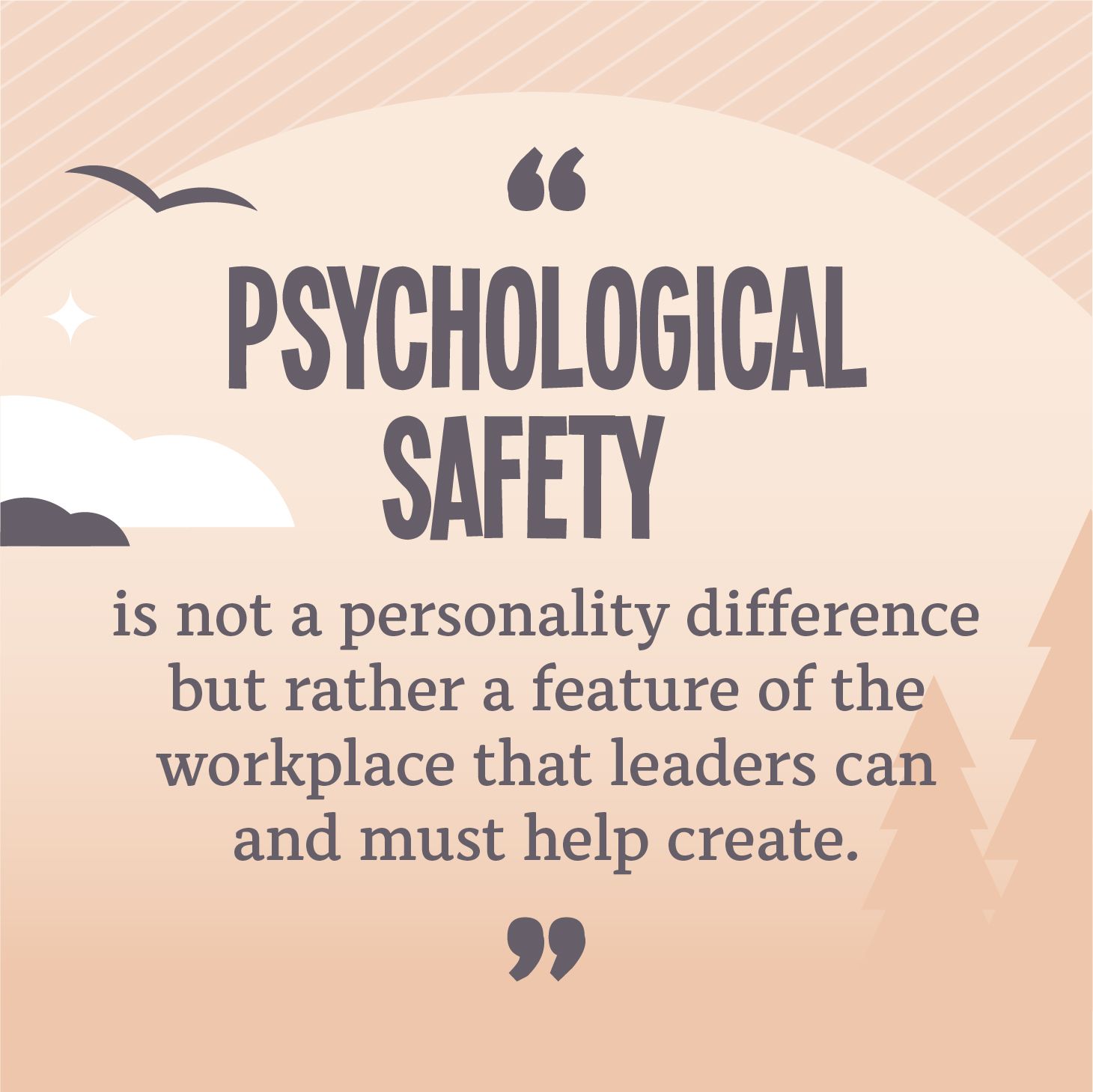
Creating a Safe Space: Fostering Open Communication
In today's complex and often challenging world, the ability to communicate openly and honestly is paramount. Whether in the workplace, educational settings, or personal relationships, fostering a safe space where individuals feel comfortable expressing themselves is crucial for healthy communication, collaboration, and growth. This article will delve into the importance of creating a safe space for open communication, exploring the essential elements, benefits, and strategies to cultivate a truly inclusive and supportive environment.
The Essence of a Safe Space
A safe space, in the context of communication, transcends mere physical security. It encompasses an environment where individuals feel psychologically and emotionally safe to express their thoughts, feelings, and perspectives without fear of judgment, ridicule, or retaliation. It is a space where vulnerability is embraced, and differences are respected and valued.
Key Pillars of a Safe Space
Several fundamental pillars underpin the creation of a safe space for open communication:
- Respect: Fundamental to a safe space is the unwavering respect for all individuals, regardless of their background, beliefs, or opinions. This involves active listening, valuing diverse perspectives, and refraining from interrupting or dismissing others' contributions.
- Trust: A sense of trust is essential for open communication. Individuals must feel confident that their words will be heard and understood without being distorted or used against them. Building trust requires consistent actions that demonstrate integrity, honesty, and reliability.
- Inclusivity: A safe space embraces diversity and welcomes all individuals to participate. This means creating an environment where everyone feels included and valued, regardless of their race, ethnicity, gender, sexual orientation, or other identities. It involves actively challenging bias and promoting equitable opportunities for participation.
- Confidentiality: In some cases, open communication may involve sharing sensitive or personal information. A safe space guarantees that such information will be treated with discretion and confidentiality. Establishing clear guidelines for information sharing and ensuring the privacy of individuals is crucial.
- Openness to Feedback: A safe space encourages constructive feedback and welcomes criticism as opportunities for growth. Individuals should feel comfortable providing feedback without fear of reprisal or judgment. It requires a willingness to listen, learn, and adapt.
Benefits of Fostering Open Communication in a Safe Space
Creating a safe space for open communication brings numerous benefits to individuals, teams, and organizations as a whole:
- Enhanced Problem-Solving: Open communication allows for the sharing of diverse perspectives and ideas, fostering creative solutions and collaborative problem-solving. By creating a safe space, individuals feel empowered to contribute their unique insights without fear of judgment.
- Improved Decision-Making: When individuals feel safe to express their opinions and concerns, decision-making becomes more informed and inclusive. Open communication encourages critical thinking, transparency, and accountability, leading to better outcomes.
- Increased Productivity: A supportive and open communication environment reduces stress and conflict, fostering a more positive and productive workplace. Employees feel more engaged, motivated, and empowered to contribute their best work.
- Stronger Relationships: Open communication strengthens interpersonal bonds, fosters empathy, and builds trust between individuals. By creating a safe space, relationships become more authentic and fulfilling, enhancing collaboration and mutual support.
- Personal Growth and Development: A safe space encourages individuals to embrace vulnerability, challenge their beliefs, and learn from others. This fosters personal growth, self-awareness, and resilience, leading to greater emotional intelligence and well-being.
Strategies for Cultivating a Safe Space
Creating a safe space for open communication requires conscious effort and a commitment to fostering an inclusive and supportive environment. The following strategies can help cultivate a safe space:
- Clear Communication Guidelines: Establish clear expectations for respectful and inclusive communication. These guidelines should explicitly outline the values and principles that guide interactions within the space. They can cover topics such as avoiding personal attacks, respecting different opinions, and fostering a culture of listening and understanding.
- Active Listening and Empathy: Encourage active listening by emphasizing the importance of paying attention, asking clarifying questions, and acknowledging the perspectives of others. Cultivating empathy, understanding the emotional context of communication, and responding with sensitivity are crucial for fostering a safe space.
- Non-Judgmental Feedback: Create a culture where feedback is valued as an opportunity for growth. Encourage constructive criticism and provide feedback in a non-judgmental and supportive manner. Focus on providing actionable suggestions and avoiding personal attacks or generalizations.
- Respect for Boundaries: Recognize and respect individual boundaries. This involves acknowledging when someone needs space or is uncomfortable sharing certain information. Creating a safe space requires sensitivity to individual needs and respecting their autonomy.
- Continuous Learning and Growth: Acknowledge that creating a safe space is an ongoing process. Regularly reflect on the effectiveness of current practices and seek opportunities to improve communication and inclusivity. Engaging in training and workshops on topics such as diversity, inclusion, and conflict resolution can provide valuable insights and tools for fostering a safe space.
Conclusion
Fostering open communication in a safe space is not merely a desirable goal but a necessity in today's interconnected world. By cultivating an environment where individuals feel safe to express themselves, we unlock the potential for enhanced collaboration, innovation, and personal growth. It requires a conscious commitment to respect, trust, inclusivity, and continuous improvement. Through these efforts, we can create spaces where open communication thrives, leading to a more productive, empathetic, and fulfilling experience for all involved.
0 comments:
Post a Comment
Note: Only a member of this blog may post a comment.